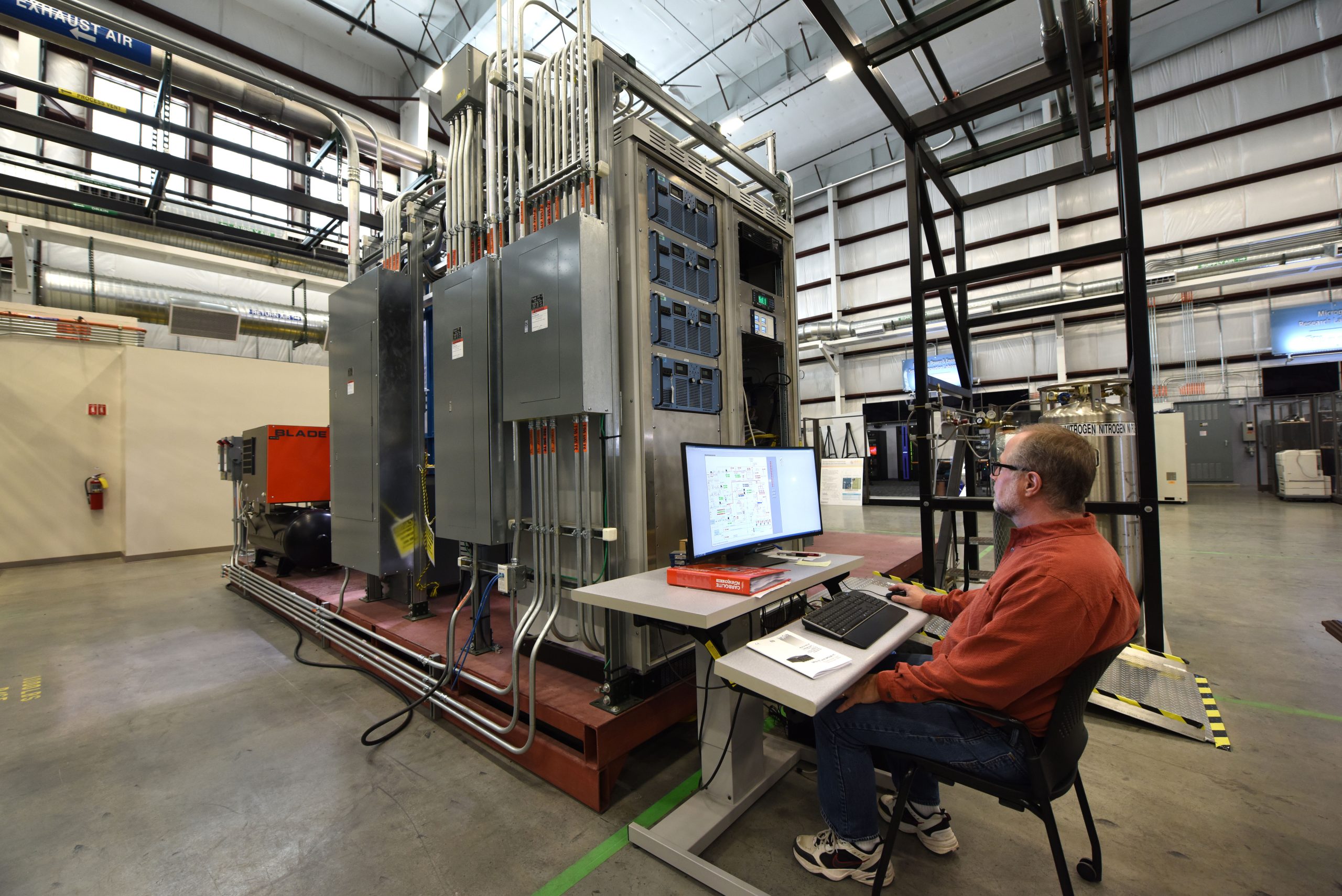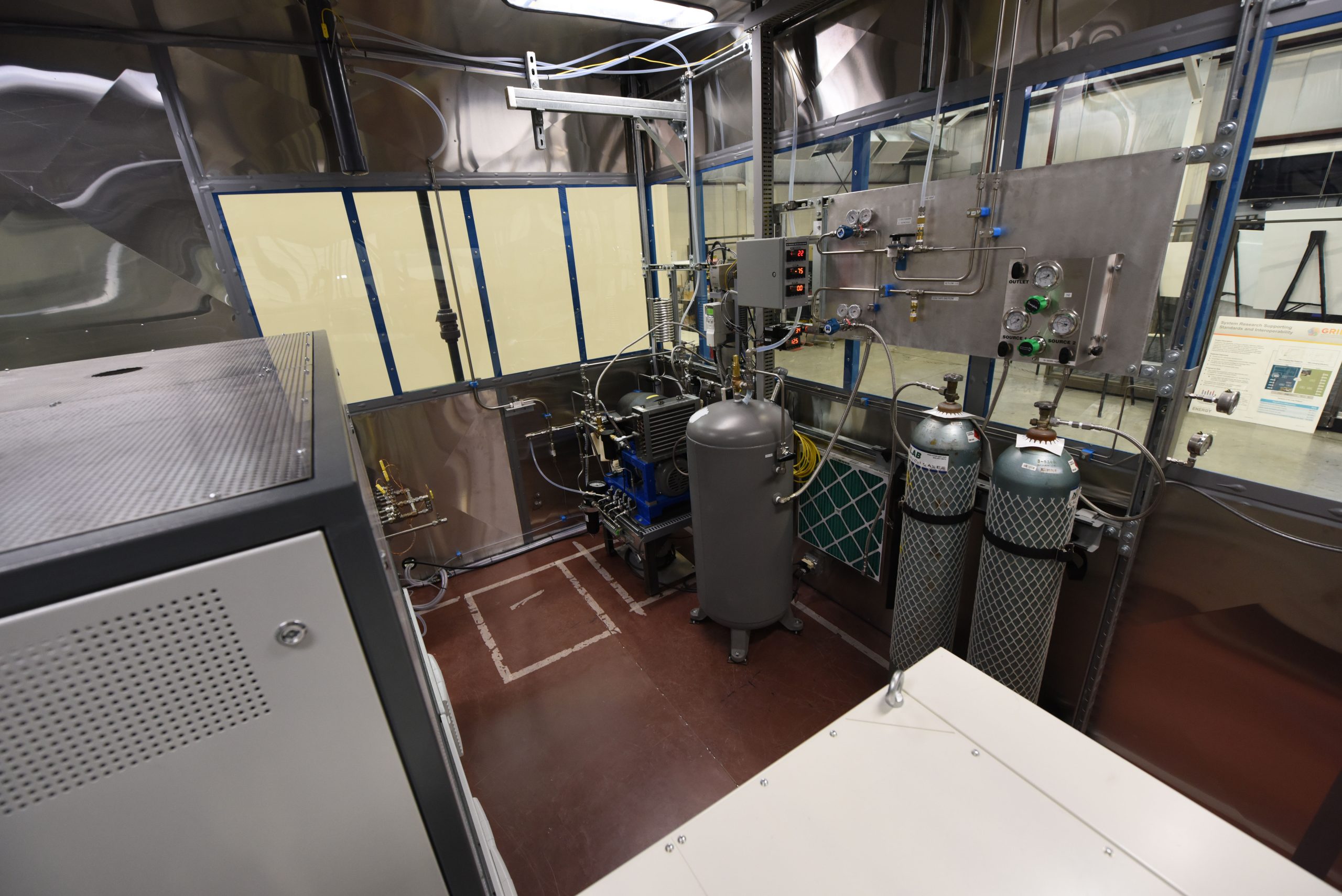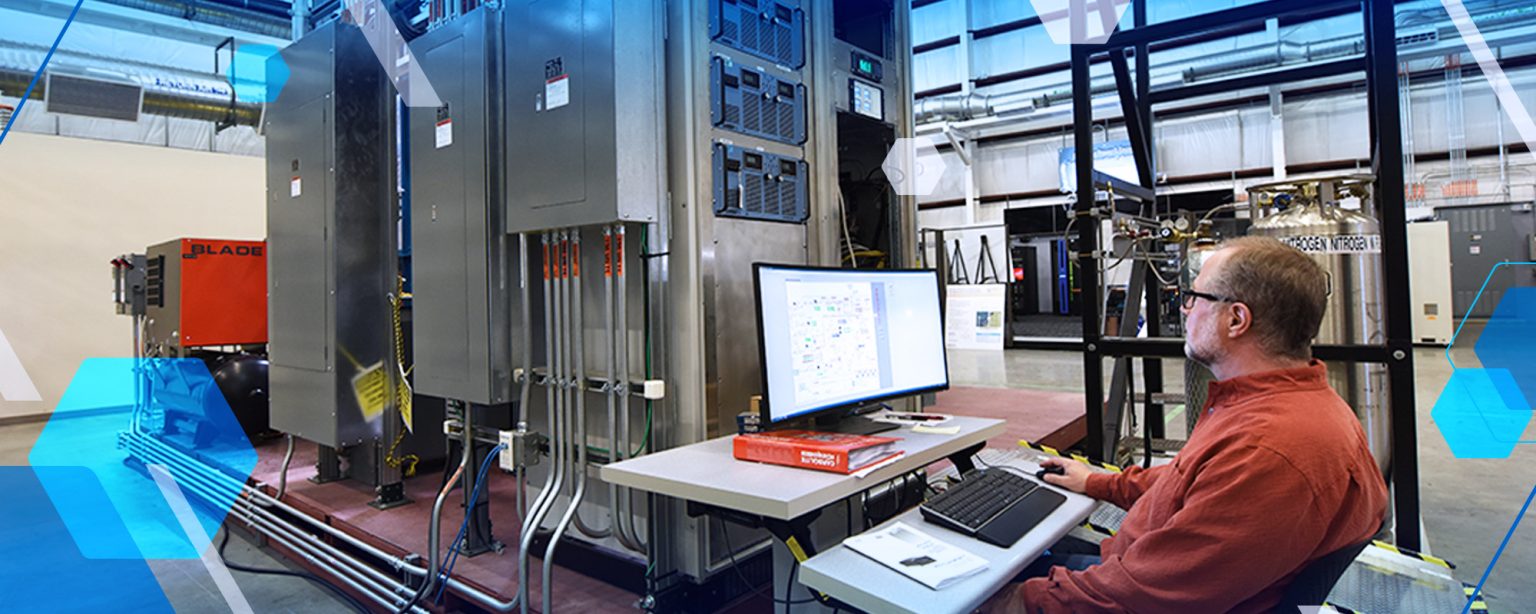For decades, some energy experts have dreamed of a carbon-free landscape where clean hydrogen is the dominant transportation fuel, energy storage medium and chemical building block.
Indeed, hydrogen already plays a big role in the manufacturing processes of many common goods, from metal to fertilizer to food products.
Likewise, several recent technologies allow hydrogen to be burned or used in fuel cells to power vehicles.
But hydrogen’s promise remains unfulfilled. That’s because it is typically produced through steam methane reformation, a reaction that turns methane and steam into hydrogen and carbon dioxide, a greenhouse gas. Every ton of hydrogen produced from steam methane reformation generates between 7.5 and 12 tons of carbon dioxide, and the U.S. makes about 10 million metric tons of hydrogen annually.
Now, researchers at Idaho National Laboratory are advancing electrolysis technologies that use electricity and a catalyst to split water or steam into hydrogen and oxygen. If produced with carbon-free power sources such as nuclear energy, these technologies eliminate the carbon emissions generated from hydrogen production.
Other INL researchers take hydrogen even further with advanced electrochemical technologies that produce and use hydrogen to directly convert low-value compounds to high-value chemicals such as ammonia and carbon monoxide.
By converting electricity and heat into hydrogen and high-value products, these technologies help foster an energy future where hydrogen production and use encourages more carbon-free energy sources such as wind, solar and nuclear.
Storing electrons for winter
Much like drying fruit, brewing beer and curing meat promoted agriculture by facilitating the long-term storage of calories, many hydrogen projects at INL facilitate the long-term storage of electricity.
“Electricity is instantaneous,” said Micah Casteel, a senior mechanical design engineer at INL. “It is produced and has to be consumed or stored instantly.”
“The hydrogen economy and electrolysis are about adding permanence to that electrical energy,” he continued. “We’re turning sunshine into steel, wind into fertilizer and nuclear fission into sustainable fuels.”
One of the big challenges with the modern electrical grid is that renewables such as wind and solar sometimes produce too much electricity. That excess electricity, in turn, causes energy markets to fluctuate.
Clean hydrogen production
One of the most efficient way to store that excess electricity is to produce carbon-free hydrogen using a process called high-temperature steam electrolysis. This form of electrolysis uses electricity to split steam in devices called solid oxide electrolysis cells.

Producing hydrogen with high-temperature steam electrolysis has a number of advantages: it requires no methane, it emits no carbon, and it is more efficient than low-temperature electrolysis..
Low-temperature electrolysis is a similar process that starts with liquid water instead of steam.
INL is developing its capabilities for testing industrial-scale electrolysis technologies for industry.
Using excess electricity to produce carbon-free hydrogen via high-temperature electrolysis advances industrial decarbonization goals by replacing fossil fuels used to produce vital goods such as steel, fertilizers and transportation fuels.
Beyond conventional hydrogen
Electrolysis is just the beginning. INL researchers are also developing advanced electrochemical cells and membrane reactors tailored to produce or use hydrogen in numerous ways.
For example, distinguished INL staff engineer/scientist Dong Ding and his colleagues have developed protonic ceramic electrochemical cells that can convert excess electricity and water into hydrogen. They can also operate in reverse to convert hydrogen into electricity. The electrochemical cells could eventually be used for grid-scale electricity storage.
Likewise, electrochemical membrane reactors, devices that use membranes to selectively add or remove specific products during a chemical reaction, use hydrogen reactions to synthesize valuable chemicals.

One type of membrane reactor under development at INL reacts nitrogen with hydrogen to create ammonia, which is an essential component of fertilizers for agriculture around the world.
Advanced materials developed and tested at INL have helped make membrane reactors and electrochemical cells more efficient by facilitating high production rates at reduced temperatures and pressures.
Essentially, electrochemical cells and membrane reactors allow researchers to carefully control the chemistry so they can tune their outputs to directly produce whatever product they desire.
By advancing clean hydrogen production with electrolysis, electrochemical cells and membrane reactors, INL researchers are turning excess electrons and heat into valuable commodities, enabling the dream of the clean hydrogen economy.
“In the end, what we do is like alchemy,” Casteel said. “We take something nobody wants and turn it into something they do want.”





